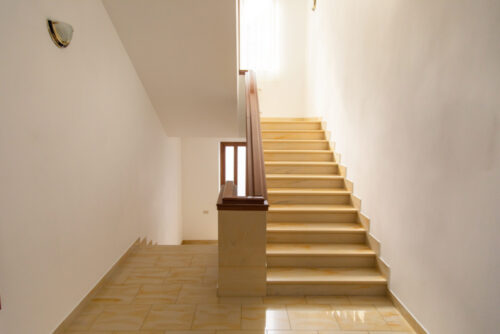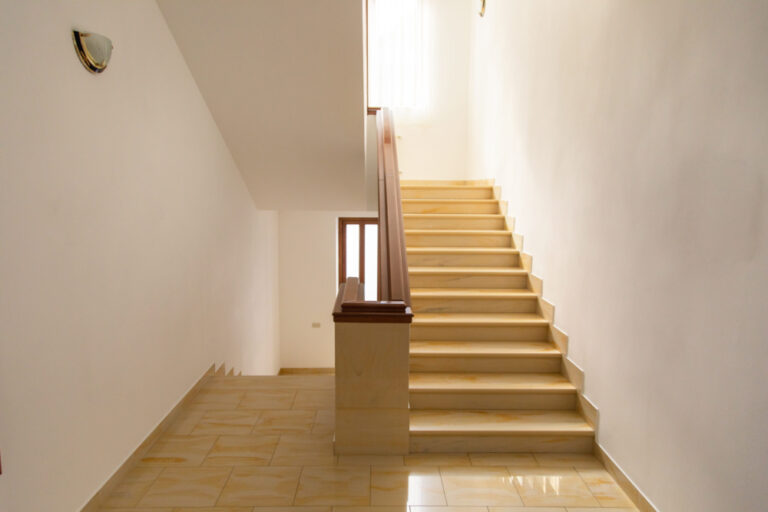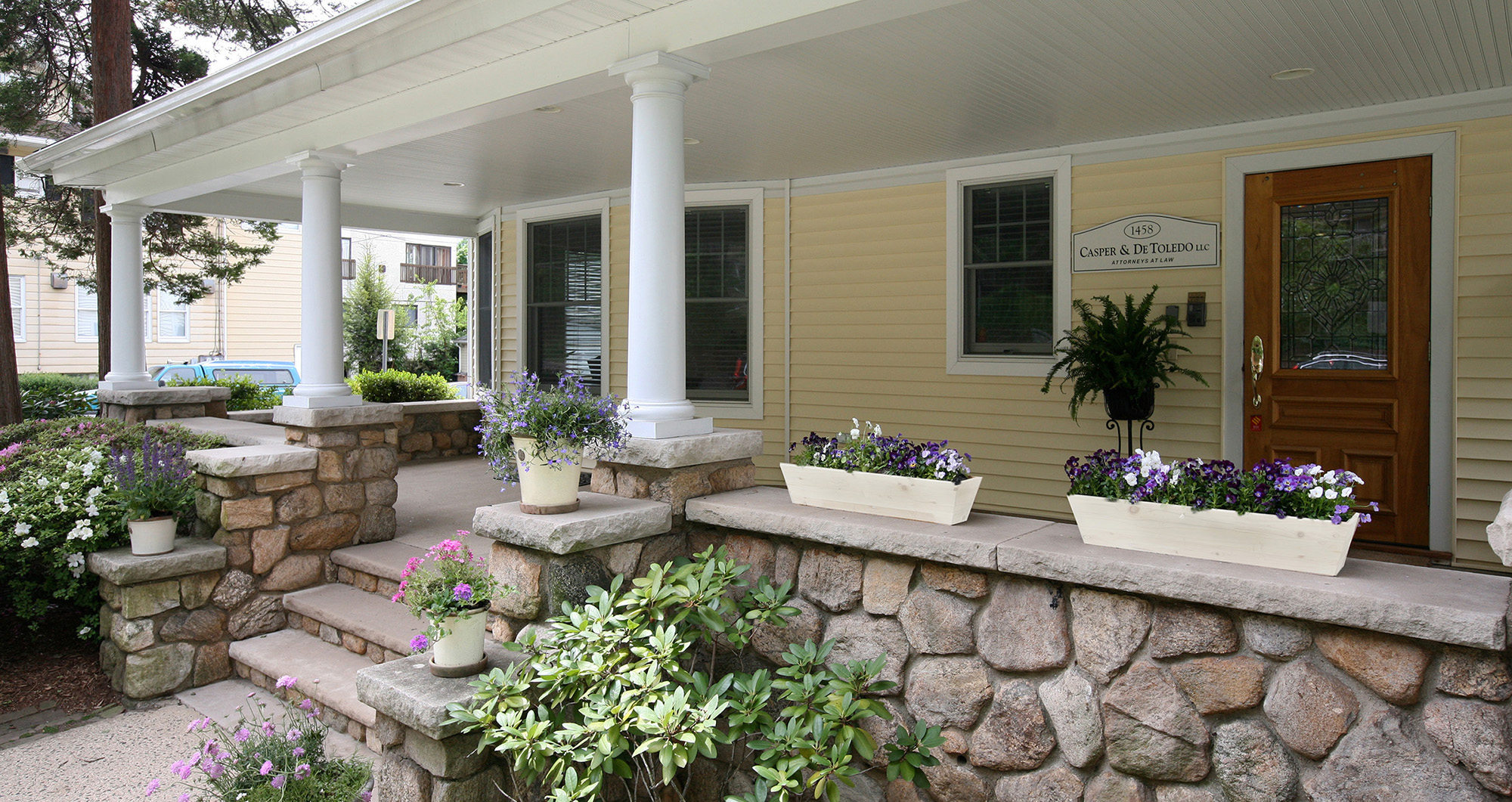
Any sort of fall or trip and fall accident needs to be taken seriously. If an accident occurs on stairs, the falls can be particularly injurious, painful and devastating. This is especially true when a person falls down the stairs from a significant height, but even a fall from one or two stairs can cause a serious injury. While an injury-causing event may technically give rise to a liability claim, a premises liability claim can be fraught with a constellation of complicated problems. It is important for an experienced lawyer to review potential claims on a preliminary basis, because the most viable claims from a damages perspective involve some combination of fracture, brain injury including concussion, and/or surgery. If you or a loved one have sustained a traumatic brain injury (TBI) in a Connecticut (CT) stairway accident, please read on, then contact an experienced Stamford, Connecticut slip and fall lawyer today.


How do you sustain a TBI in a CT stairway accident?
Sometimes, a person simply missteps, and that results in them falling down the stairs. In other instances, problems on the property may have led to the fall down the stairs. Such problems include:
- Slippery or wet steps: Moisture of any kind on a step or a landing makes it more likely for a person to lose his or her footing and fall while walking on the stairs.
- Uneven steps: If steps are unevenly spaced, slanted or surfaced, a person may experience issues with his or her balance and fall.
- Lack of a bannister: A bannister is key to preventing falls, but when a staircase or stairwell lacks a bannister or has a bannister that is not properly secured, an otherwise preventable fall may occur.
- Poor maintenance: Steps, rails, bannisters and other structures along a stairway need to be sound in design and construction, and must be properly maintained. Poor maintenance compromises the integrity of these structures, making it more likely that people will fall and injure themselves.
- Bad or insufficient lighting: If a staircase or stairway is dark or the lighting is dim or out of service, a person may wind up losing his or her footing or missing a step, increasing the risk of falling and injuring themselves.
How do you prove a stairway accident in Connecticut?
To hold the responsible party accountable and receive compensation, you and your Fairfield County, Connecticut personal injury lawyer must prove the following:
- The owner of the premises or an employee caused the spill, worn or torn spot, or other slippery or dangerous surface or item to be underfoot.
- The owner of the premises or an employee knew or should have known of the dangerous surface or condition but failed to remedy or repair the condition in a reasonable period of time.
Please reach out to our firm if you have any further questions or would like to secure a preliminary analysis of a case. And don’t forget to photograph the condition at issue.
Contact our experienced Connecticut Firm
Contact Casper & de Toledo today to schedule your free initial consultation with our seasoned traumatic brain injury lawyers.

